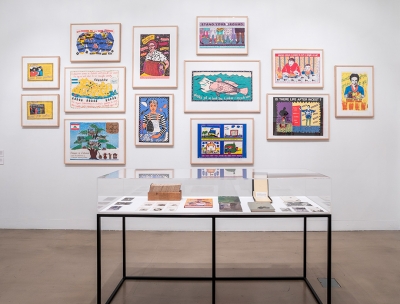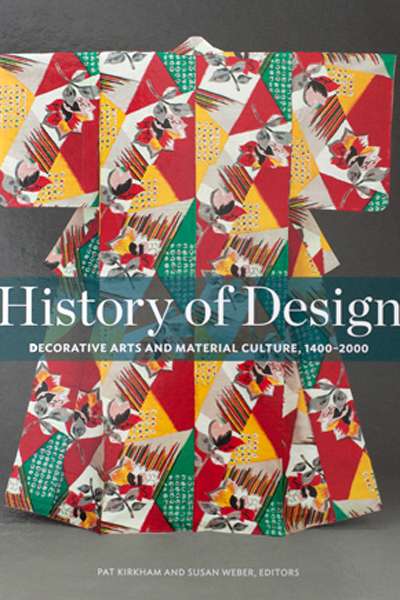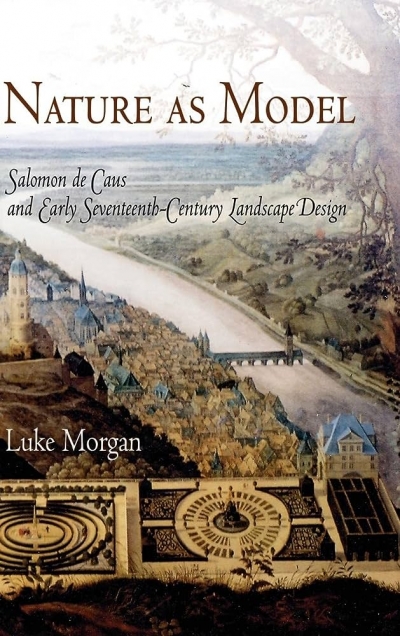Design
Radical Utopia: An archeology of a creative city, curated by Harriet Edquist and Helen Stuckey, is a maximalist experience. Even the title itself is a little unwieldy.
... (read more)Daniel Cottier: Designer, decorator, dealer by Petra ten-Doesschate Chu and Max Donnelly, with Andrew Montana and Suzan Veldink
by Matthew Martin •
Frances Burke: Designer of modern textiles by Nanette Carter and Robyn Oswald-Jacobs
by Christopher Menz •
Bauhaus Diaspora and Beyond: Transforming education through art, design and architecture by Philip Goad et al.
by Christopher Menz •
History of Design: Decorative arts and material culture, 1400–2000 edited by Pat Kirkham and Susan Weber
by Christopher Menz •
The Encyclopedia of Australian Architecture edited by Philip Goad and Julie Willis
by Gerard Vaughan •
Unexpected Pleasures: The Art and Design of Contemporary Jewellery by Susan Cohn
by Christopher Menz •
Nature as Model: Salomon De Caus and early seventeenth century landscape design by Luke Morgan
by Charles Zika •
The Felton Illuminated Manuscripts in the National Gallery of Victoria by Margaret M. Manion
by Joan Barclay-Lloyd •










